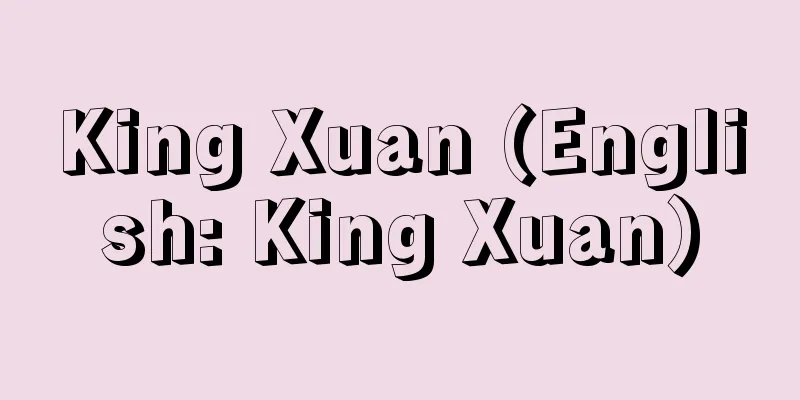Protecting the Nation - Chingokokka

|
Based on Buddhist doctrine, the idea that Buddhas, Bodhisattvas, and various kings pacify and protect the nation, and the effects that this brings. In the 7th century, when Japan's Ritsuryo system was being established, the Imperial Court adopted the idea of national protection, following the example of Chinese dynasties, and prayed for effects such as the protection of the king (emperor) at the center of the nation, the stability of the nation's state and society, and defense from other nations, while at the same time trying to control the emotions and thoughts of the local residents through Buddhist doctrine. Specifically, from the late 7th century, the reign of Emperor Tenmu, Buddhist scriptures were distributed to various provinces, and national protection scriptures such as the Golden Light Sutra and the Niō Hannya Sutra were actively used, and in the Tenpyo period in the mid-8th century, provincial temples and provincial nunneries based on the ideas of the Golden Light Sutra and the Lotus Sutra were built in various provinces, and national protection memorial services were regularly held, mainly at central and local government temples, in an effort to powerfully spread this idea. During the Heian period, as the Tendai, Shingon and Nara sects began to develop their own activities, they placed importance on their relationships with the Imperial Court and on protecting the nation, greatly influencing the nature of Japanese Buddhism. [Hongo Masatoshi] "Study of Buddhism in the Ritsuryo State" by Shinsho Hongo (2005, Hozokan) Source: Shogakukan Encyclopedia Nipponica About Encyclopedia Nipponica Information | Legend |
|
仏教の教義に基づき、仏・菩薩や諸王が国家を鎮め護るという思想と、それによってもたらされる効果。7世紀、日本の律令体制構築に際し、朝廷は中国の王朝に倣って護国の思想を受容し、国家の中心に位置する国王(天皇)の擁護や、国情・社会の安定、他国からの防衛といった効果を祈念すると同時に、仏教の教義を通じて諸地域住民の感情・思想面での統制を図ろうとした。具体的には、7世紀後半の天武朝より諸国に仏教経典が頒布されるとともに、金光明経(こんこうみょうきょう)・仁王般若経といった護国経典が積極的に利用され、8世紀中葉の天平期には、金光明最勝王経・法華経の思想を基盤とする国分寺・国分尼寺が諸国に建立され、中央・地方の官寺を中心に護国法要が定期的に営まれ、強力にこの思想の流布が図られた。平安期に天台・真言や南都の諸宗が独自の活動を展開するようになると、朝廷との関係を重視して鎮護国家を強調し、日本仏教の性格に大きく影響を与えた。 [本郷真紹] 『本郷真紹著『律令国家仏教の研究』(2005・法蔵館)』 出典 小学館 日本大百科全書(ニッポニカ)日本大百科全書(ニッポニカ)について 情報 | 凡例 |
>>: Sedimentation - Chinkobunri (English spelling) Sedimentation
Recommend
VOA - Voice Over Air
The abbreviation for The Voice of America, an int...
Sekido
[1] 〘Noun〙① Gate of a checkpoint. Seki no to. ※Sho...
Michio Miyagi
Ikuta-ryu koto performer and composer. His real s...
Edge ink - Kiwazumi
〘 noun 〙 Applying makeup to the hairline with ink....
Kama (lust) - Kama
…The most important original words (Sanskrit = Sa...
Oshie Hagoita - Teachings
...This craft became popular in the Edo period. T...
Contract farming - contract farming
This is a general term for the form in which a fa...
Scrutiny (English spelling)
A British quarterly literary critic. Founded in 19...
nunatak
...Mountains that rose above the surface of the g...
Kanda Hatchobori
…The whole of Kanda developed into a comprehensiv...
Laon Cathedral - Laon Cathedral (English)
Located in Laon in northern France, this cathedral...
Royal Family of U-Thong
...1351-1767. The kingdom's 417-year history ...
Yarn wheel - Thorn wheel
…The highest rank of oxcarts was the Karabisashi-...
Ugrian
…The Uralic languages are broadly divided into ...
Renaissance Music
A general term for music that developed in Europe...









